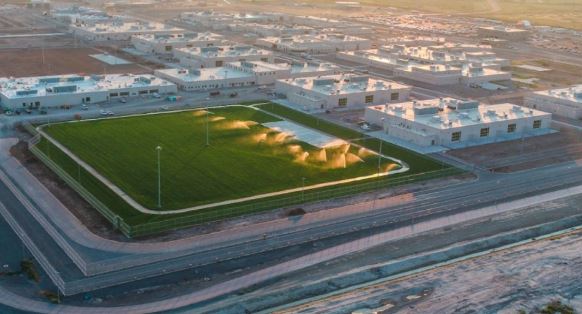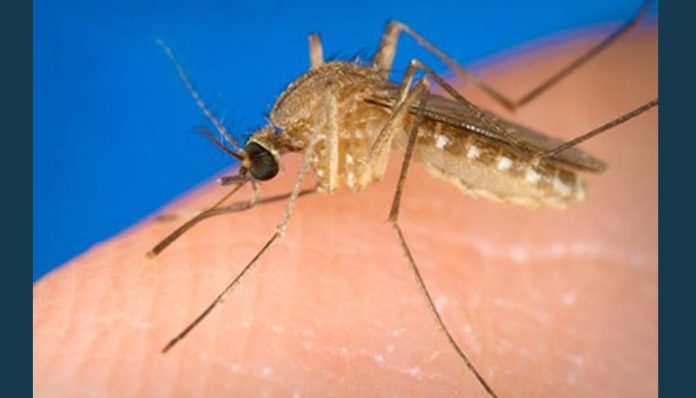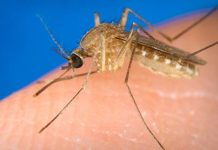SALT LAKE CITY, Utah, Aug. 26, 2023 (Gephardt Daily) — A West Nile virus-positive mosquito pool has been found at the Utah State Correctional Facility in Salt Lake City.
The Utah Department of Corrections is collaborating with the Salt Lake City Mosquito Abatement District, the Salt Lake County Health Department, and the Utah Department of Health and Human Services to continue to implement preventive measures.
“While this is considered routine detection and fairly common this time of year, our top priority is to protect both our staff and the incarcerated population from mosquito bites,” said Brian Redd, executive director for the Utah Department of Corrections, in a released statement.
“We are committed to education and prevention, providing free and accessible repellent. We’re grateful for the strong collaboration with health and abatement officials, as well as for the funding received from the legislature last year, which enables us to effectively manage the mosquito population at USCF.”
Both incarcerated individuals and staff have been advised to take specific preventative measures for their safety. Mosquito repellent is accessible throughout the facilities, with monitoring by correctional staff. For those in restricted units, repellent will be provided during transitions to recreation yards.
UDC is encouraging staff and incarcerated individuals to wear long sleeve shirts, long pants, and close-toed shoes to minimize the risk of mosquito bites. Medical personnel at the prison will be monitoring staff and inmates for symptoms of West Nile virus.
“Our medical teams at the prison will be closely watching for signs of the virus and be prepared if there is an infection,” said Dr. Michelle Hofmann, executive medical director for the Utah Department of Health and Human Services, which now oversees medical services at the state prisons.
Mosquitoes carrying the West Nile virus are most active 30 minutes before sunset, one hour after sunset, and one hour after sunrise. Heightened vigilance has been advised during these peak times.
“While we are not seeing an immediate threat from this early detection, given the prison’s close proximity to the mosquito habitat and potentially infected mosquitoes, we want to ensure that everyone continues to be vigilant,” said Dr. Ary Faraji with SLCMAD.
One measure implemented this year is larviciding. This involves treating water bodies with specialized insecticides to kill mosquito larvae before they mature. UDC staff have been trained by SLCMAD in carrying out this process, particularly focusing on storm drains throughout the facility.
In addition to larviciding, SLCMAD has also set up mosquito traps on the grounds to monitor and control the adult mosquito population. SLCMAD is also identifying mosquito species and potential larval habitats.
One effective strategy has been the elimination of standing water sources, such as puddles, ponds, and drainage areas, which are potential larval habitats for mosquitoes.
For more information about the West Nile virus and Utah’s abatement efforts, click here.








